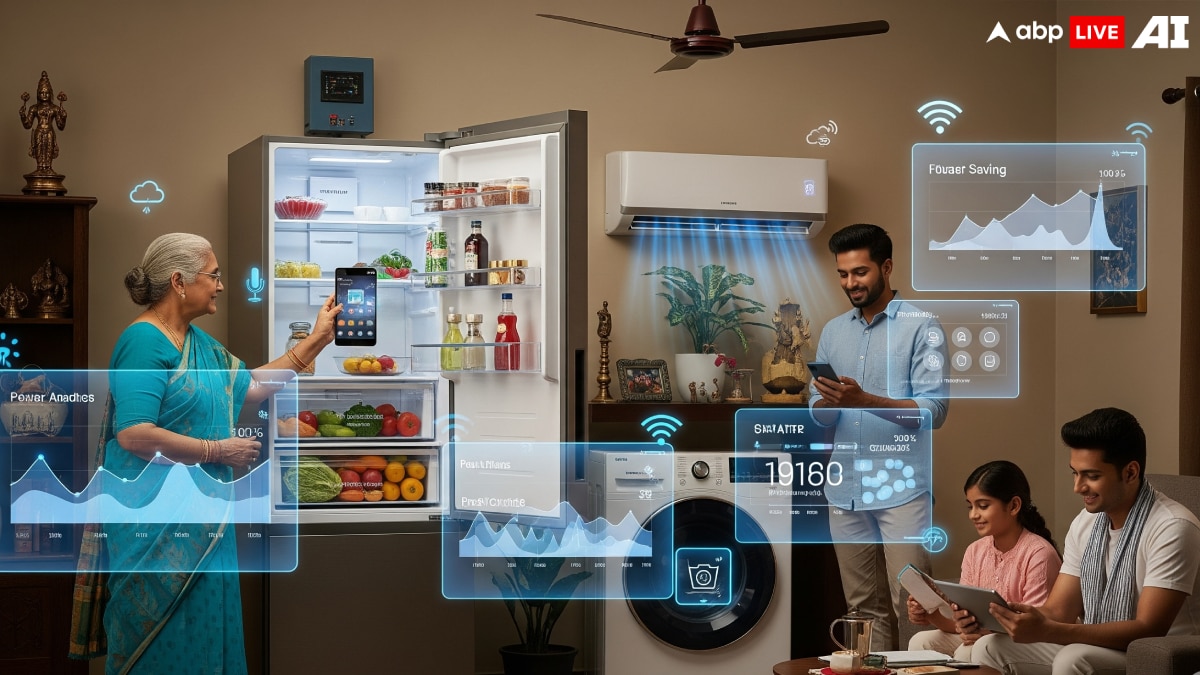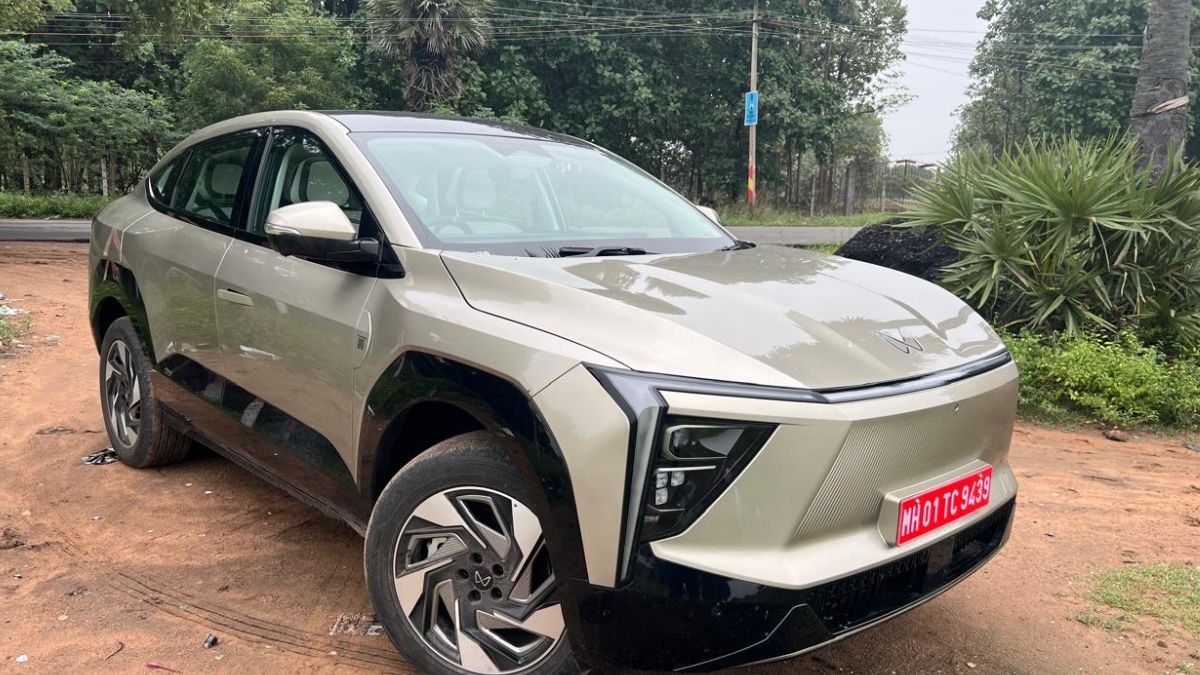By Ravi Agarwal
The Indian appliance industry stands at a fascinating crossroads. What once was a market driven by assumptions and broad demographic studies has transformed into a sophisticated ecosystem where real-time data guides every design decision. This transformation represents a fundamental shift in how manufacturers understand and serve Indian consumers.
The shift began subtly, around 2020, when connected devices started becoming mainstream in Indian households. Today, with smart appliance penetration reaching 32 per cent in India, manufacturers have access to unprecedented insights into how people use their devices, rather than how they think they use them. This wealth of data has become the cornerstone of modern product development.
Intelligence To Redesign
Consider the humble washing machine. Traditional design assumed standard wash cycles and water levels based on global averages. However, usage data from Indian households revealed a completely different story. Indian families wash smaller loads more frequently, prefer shorter cycles during morning hours to manage water supply schedules, and often use the pre-soak function for traditional garments. This intelligence has led manufacturers to redesign interfaces with quick-wash options prominently displayed, optimised water sensors for smaller loads, and programmable delay-start features aligned with municipal water timings.
The impact on energy efficiency has been particularly striking. Real-time monitoring showed that Indian consumers rarely use the maximum cooling settings on air conditioners, instead preferring moderate temperatures combined with ceiling fans. This insight prompted the development of inverter ACs with enhanced performance in the 24-26 degree range, resulting in 30 per cent better energy efficiency for typical usage patterns. Smart algorithms now automatically adjust compressor speeds based on ambient conditions and historical usage data, delivering comfort while minimising electricity consumption.
Kitchen appliances tell another compelling story. Data revealed that Indian households use refrigerators differently, with frequent door openings during meal preparation times and a preference for larger vegetable storage compartments. Modern smart refrigerators now feature convertible compartments, enhanced vegetable crispers with customisable humidity controls, and door-cooling technology to compensate for frequent access. Voice-enabled interfaces in regional languages have emerged from data showing that multiple family members, including elderly users, interact with these appliances.
Beyond Translation
The localisation extends beyond mere translation. Usage patterns showed that Indian consumers prefer visual indicators over text-based interfaces, leading to icon-based control panels with intuitive symbols. Sound alerts have been recalibrated to be audible over typical household noise levels, while notification patterns respect cultural preferences for minimal disturbance during afternoon rest hours.
Perhaps most intriguingly, analytics has uncovered distinct regional variations within India. Coastal areas show higher dehumidifier usage in air purifiers, while northern regions prioritise heating functions in climate control devices. Southern households demonstrate greater adoption of smart features and app-based controls, while eastern markets favour durability indicators and extended warranty options. This granular understanding enables manufacturers to tailor not just products but entire go-to-market strategies for different regions.
The privacy and security aspects of this data collection deserve careful consideration. Leading manufacturers now implement edge computing solutions where data processing happens within the device itself, sharing only aggregated, anonymised insights with development teams. This approach respects consumer privacy while still enabling product improvements.
Integration Of AI
Looking ahead, the integration of artificial intelligence promises even more sophisticated applications. Predictive maintenance alerts based on usage patterns can prevent breakdowns before they occur. Machine learning algorithms can suggest optimal settings based on weather conditions, time of day, and historical preferences. The convergence of usage analytics with voice assistants and IoT ecosystems will create truly intelligent homes that adapt to family routines automatically.
However, this data-driven revolution must remain grounded in Indian realities. The intermittent power supply in many areas has led to innovations in power backup integration and surge protection. Water quality variations across regions have influenced the development of washing machines and dishwashers with built-in water softening capabilities. Even something as simple as voltage fluctuations has been addressed through enhanced stabiliser circuits designed specifically for Indian conditions.
The transformation extends beyond individual products to entire ecosystems. Smart home platforms now recognise Indian household patterns, where multiple generations live together with varying technology comfort levels. Simplified onboarding processes, family account management, and graduated complexity in features ensure that these innovations remain accessible to all users.
What Does It Mean For Manufacturers?
For manufacturers, this shift to data-driven design represents both an opportunity and a responsibility. The opportunity lies in creating products that truly resonate with consumer needs, reducing returns and increasing satisfaction. The responsibility involves using this data ethically, transparently, and always in service of improving user experience.
As the industry advances, the Indian appliance market must continue balancing global technological advancement with local relevance. Usage analytics provides the compass for this journey, ensuring that innovation serves real needs rather than creating solutions in search of problems. The future of home appliances in India will be shaped not in distant design studios but in the daily interactions between families and their devices, with each usage pattern contributing to smarter, more efficient, and more delightful products.
This data-driven approach represents more than technological progress. It embodies a fundamental shift in how manufacturers understand and serve Indian consumers, making their lives easier, more comfortable, and more sustainable, one insight at a time.
(The author is the Co-Founder & Managing Director of Cellecor Gadgets Ltd.)
Disclaimer: The opinions, beliefs, and views expressed by the various authors and forum participants on this website are personal and do not reflect the opinions, beliefs, and views of ABP Network Pvt. Ltd.
Prev Article
Top 5 Must-Have Phone Accessories Under Rs 2,000: From Magnifier To Adapters
Next Article
Big Battery, Bigger Lens? Xiaomi 16 Ultra Leak Points To Beastly Power, DSLR-Like Photos










